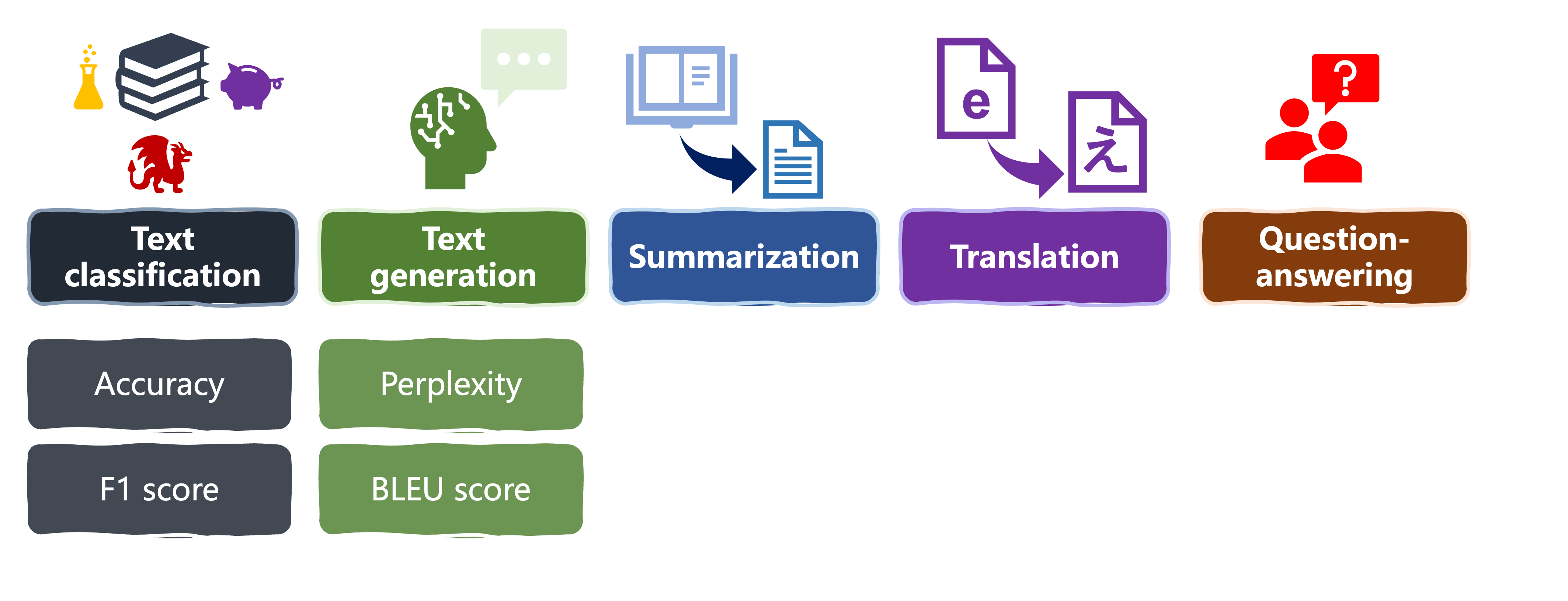Metrics for language tasks: perplexity and BLEU
Introduction to LLMs in Python

Jasmin Ludolf
Senior Data Science Content Developer, DataCamp
LLM tasks and metrics

Perplexity
- A model's ability to predict the next word accurately and confidently
- Lower perplexity = higher confidence
input_text = "Latest research findings in Antarctica show" generated_text = "Latest research findings in Antarctica show that the ice sheet is melting faster than previously thought."# Encode the prompt, generate text and decode it input_text_ids = tokenizer.encode(input_text, return_tensors="pt") output = model.generate(input_text_ids, max_length=20) generated_text = tokenizer.decode(output[0], skip_special_tokens=True)
Perplexity output
perplexity = evaluate.load("perplexity", module_type="metric") results = perplexity.compute(predictions=generated_text, model_id="gpt2")print(results)
{'perplexities': [245.63299560546875, 520.3106079101562, ....],
'mean_perplexity': 2867.7229790460497}
print(results["mean_perplexity"])
2867.7229790460497
- Compare to baseline results
BLEU
Measures translation quality against human references
Predictions: LLM's outputs
- References: human references
bleu = evaluate.load("bleu")input_text = "Latest research findings in Antarctica show" references = [["Latest research findings in Antarctica show significant ice loss due to climate change.", "Latest research findings in Antarctica show that the ice sheet is melting faster than previously thought."]] generated_text = "Latest research findings in Antarctica show that the ice sheet is melting faster than previously thought."
BLEU output
results = bleu.compute(predictions=[generated_text], references=references)
print(results)
{'bleu': 1.0,
'precisions': [1.0, 1.0, 1.0, 1.0],
'brevity_penalty': 1.0,
'length_ratio': 1.2142857142857142,
'translation_length': 17,
'reference_length': 14}
- 0-1 score: closer to 1 = higher similarity
Let's practice!
Introduction to LLMs in Python

